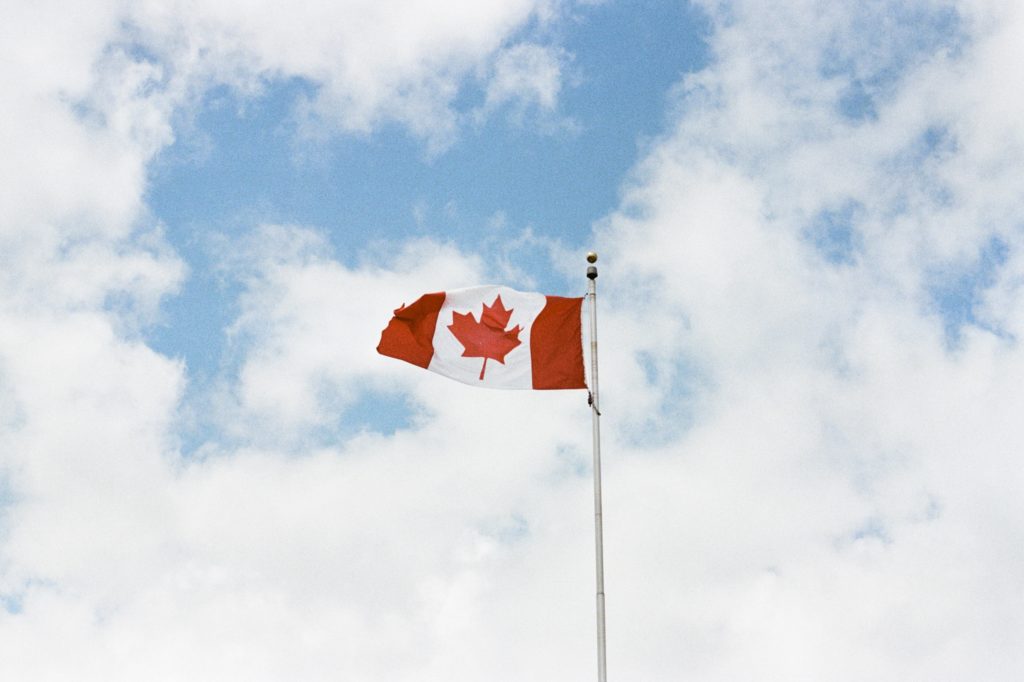Federal budget 2019: Likely some goodies for investors
Expect a consumer-friendly budget on Tuesday.
Advertisement
Expect a consumer-friendly budget on Tuesday.

Share this article Share on Facebook Share on Twitter Share on Linkedin Share on Reddit Share on Email